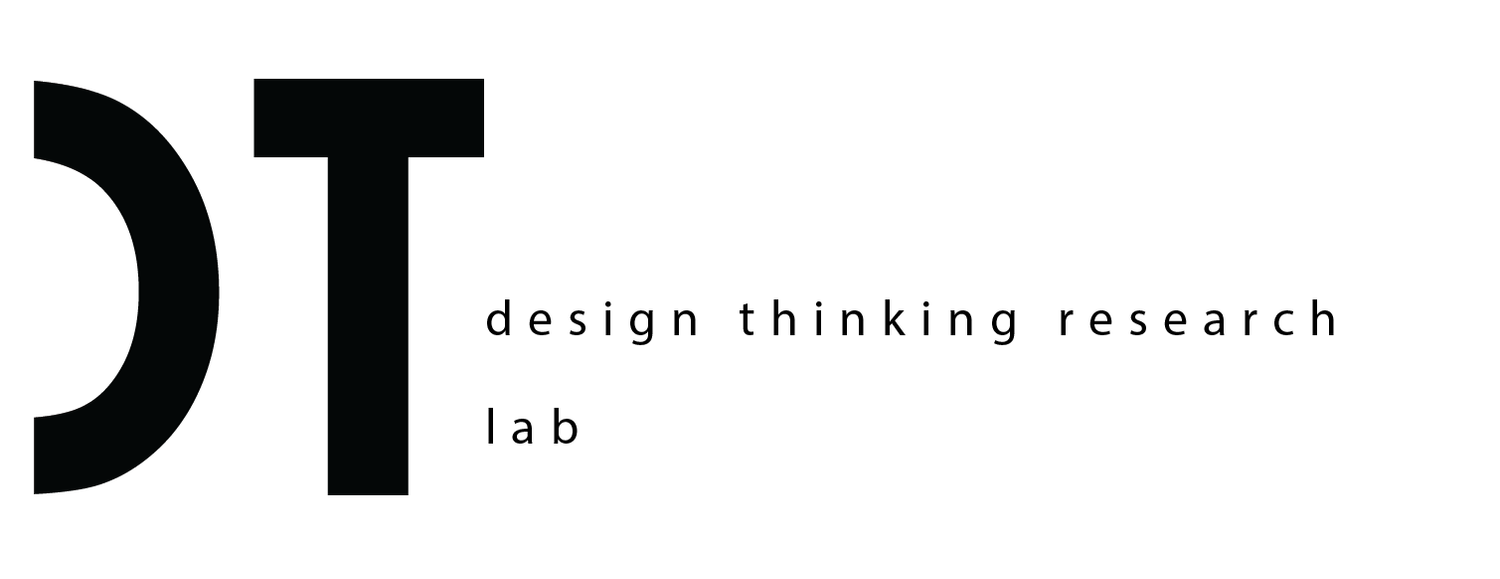Course Overview
IID41001 Prototyping for Design | Undergraduate
A comprehensive prototyping approach is critical to informed design decision making, developing design intent and communicating ideas to stakeholders. This course provides opportunities to explore and understand how prototypes are used to investigate design problems, explore solutions and test user experiences and product functionality. Prototyping materials, tools, skills and techniques will all be covered to provide students increased prototyping abilities which may then be applied to current and future design projects. Through a series of hands-on design and prototyping exercises that capitalise on the act of making, students will experience how giving form to an artifact through design prototyping is a continuous dialogue between eyes and hands, driven by quality and craftsmanship.
Course objectives
The course aims to foster an understanding of the role and use of the design prototyping method in the development and communication of conceptual and developmental design ideas. The course aims to provide students with appropriate skills, strategies and approaches to the application of the prototyping method during industrial design.
Upon successful completion of the course, students should be better able to:
Manipulate and form a variety of prototyping materials.
Critically evaluate the appropriateness of various digital, analog and conventional prototyping methods and approaches.
Understand the role and use of prototypes of varying degrees of detail and fidelity.
Provide a richer variety of methods, skills & techniques for application in prototyping for design.
Teaching approach
The course is delivered through a balance of key-note presentation to introduce prototyping as method for design including key of key aspects of: fidelity & level of detail, works-like/looks-like prototype functions, prototyping and design development, prototype as tool for communication and prototyping & user-centred design.
Together with these theoretical foundations, core skills and methods for material manipulation and prototyping approaches are introduced: prototyping materials, 3D printing tools and methods, material reduction techniques (including CNC, mill, lathe), soft material forming and mold-making. Relationships between prototyping form, materials, technical functionlity and usability are also covered.
Learning outcomes
Upon successful completion of the course, students should be better able to:
Manipulate and form a variety of prototyping materials
Critically evaluate the appropriateness of various digital, analog and conventional prototyping methods and approaches
Understand the role and use of prototypes of varying degrees of detail and fidelity
Provide a richer variety of methods, skills and techniques for application in prototyping for design
